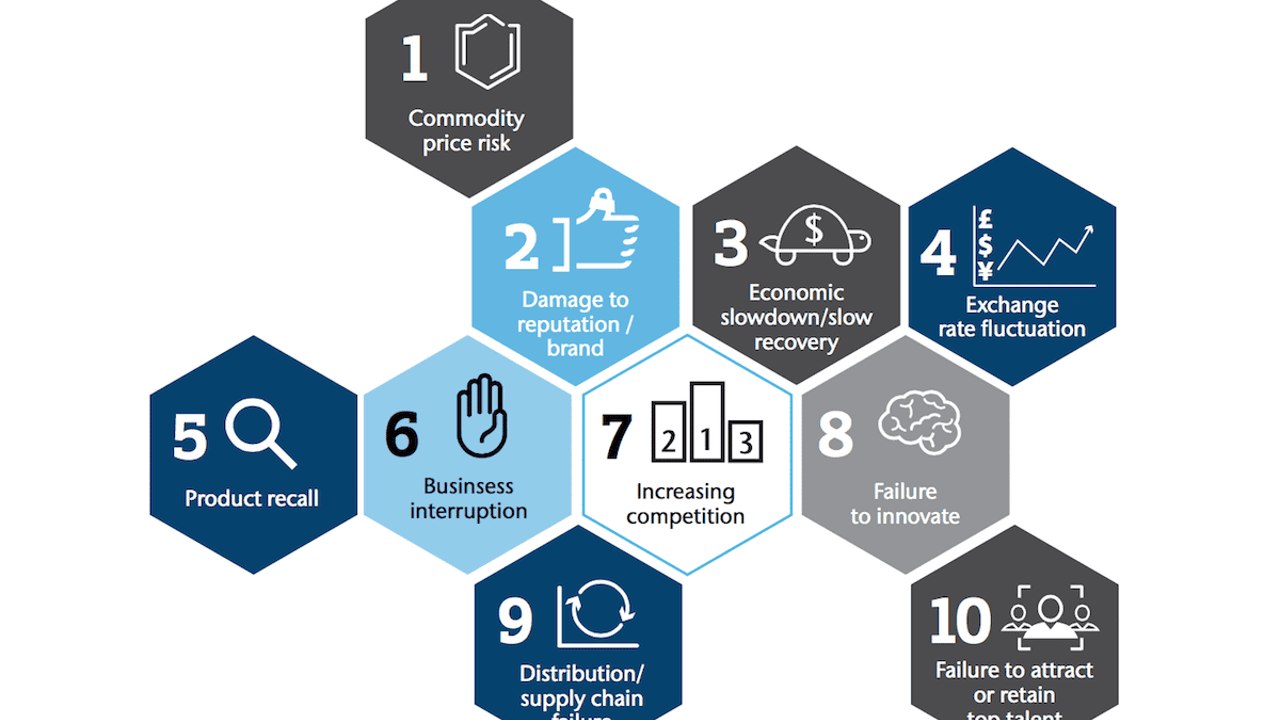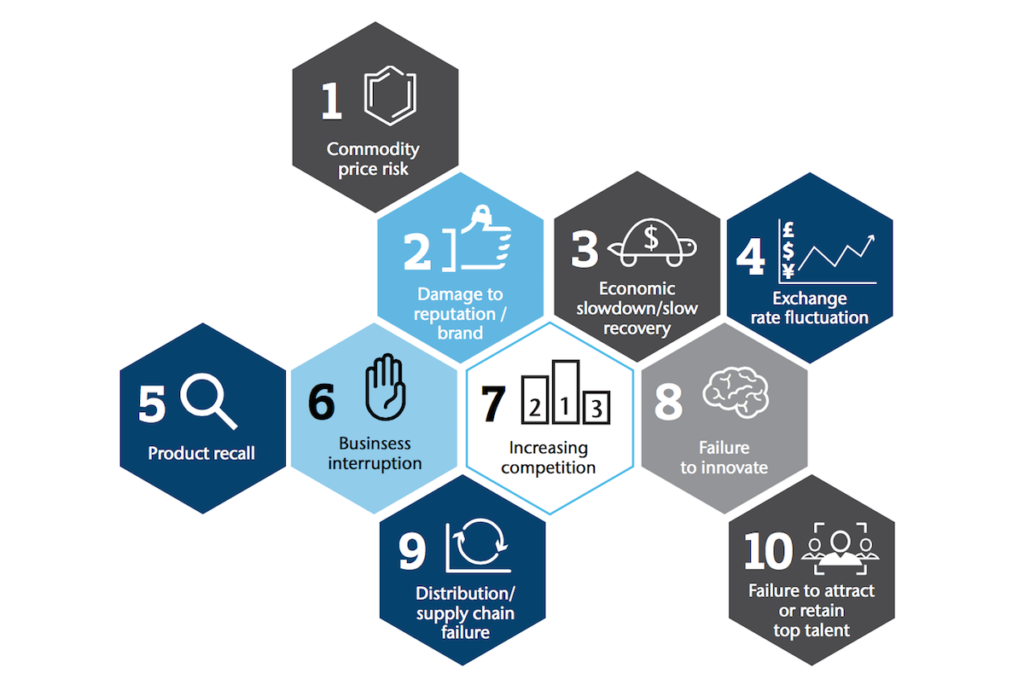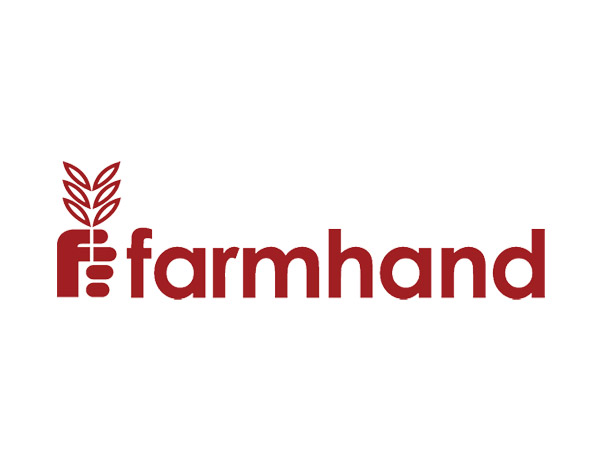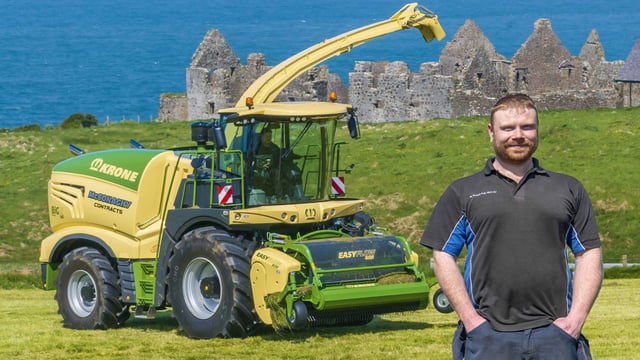Brexit fallout: 'Exchange rate fluctuations the biggest issue to agri-food sector in light of Brexit'
A new report has found that the biggest threat to the Irish agri-food sector, in light of Brexit, is fluctuations in the exchange rate.
The report, ‘Competitiveness of Food & Agri-Businesses at Risk from Brexit’ by risk management company Aon, found that extreme currency movements threatening to eat into thin profit margins, according to theFood, Agribusiness and Beverage Risk Insights Survey 2016.
The survey of companies, with a combined turnover in excess of €26bn, found 58% identify exchange rate fluctuation as one of the Top Ten Risks they face.
Some 41% of all Irish food exports are exported to the UK, and the Brexit vote will challenge the sector as it copes with the slide in the value of sterling and the extreme uncertainty about how future trading relationships will evolve.
Food & Agri-Business Practice Leader at Aon, Ciara Jackson, and author of the report Brexit has the potential to severely challenge the competitiveness of the Irish food & agri-business sector.
“The UK’s importance as an export destination for Irish produce means that the collapse in the value of sterling (making Irish exports more expensive) could particularly hurt lower margin businesses where profits can quickly swing to losses.
“Prior to the vote, 58% of companies identified exchange rate volatility as a Top Ten Risk, I suspect after recent events that percentage will now be much higher. On a more positive note, this is a sector that is rapidly diversifying its export markets, moving up the value chain, and has proven extremely resilient in the face of past challenges.”
The survey also found that companies are poorly prepared for the risks they face. At best, 50% of respondents had prepared for the two most significant risks identified, which were the impact of commodity price volatility and damage to reputation and brand. For the eight other categories, preparedness levels were all below 50%, with addressing the risk of losing top talent the lowest at just 5%.





